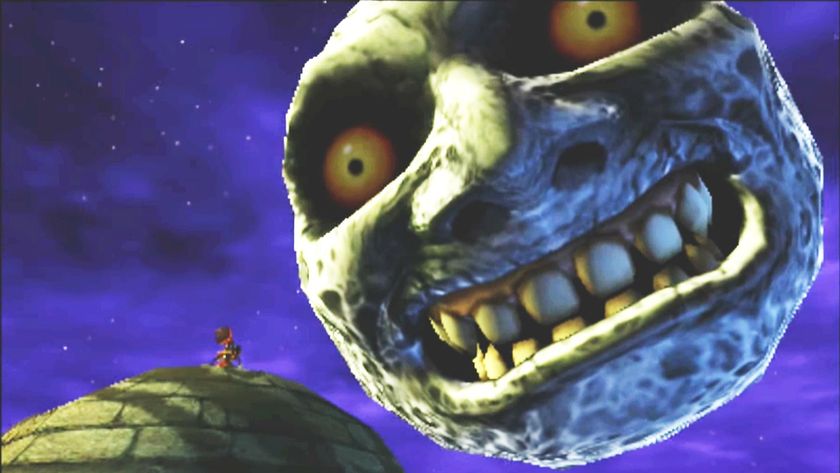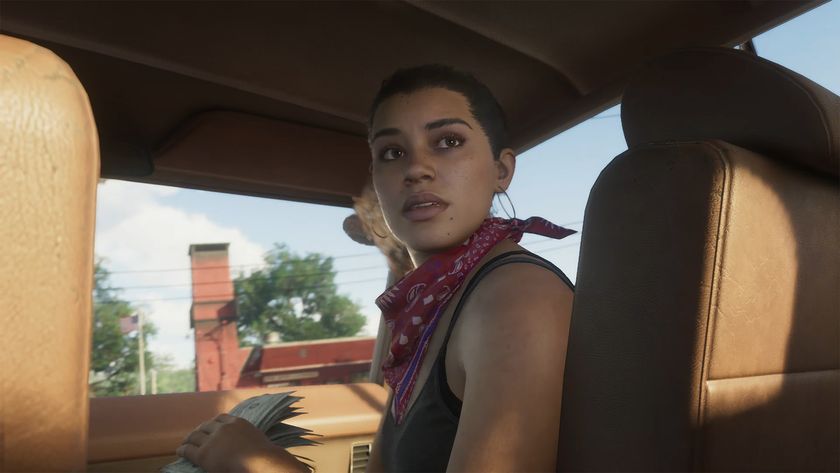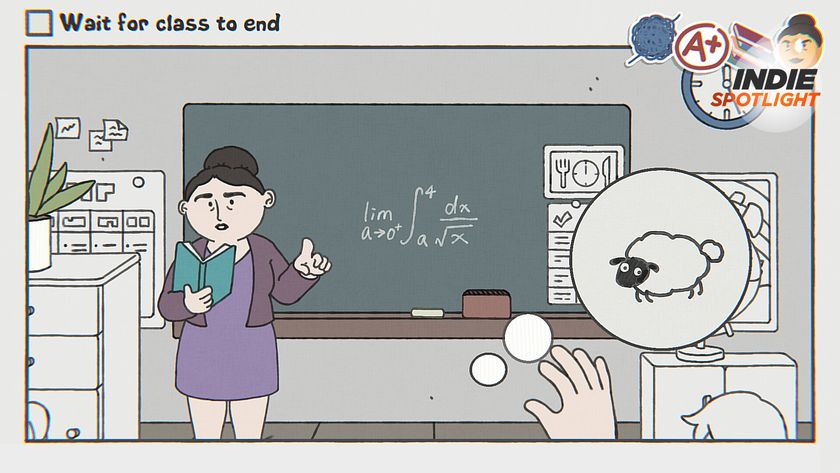Why you can trust 12DOVE
The first rule of viewing Panic Room: Do not expect another Fight Club. The second rule of viewing Panic Room: Do not expect another Fight Club. Ignore these rules at your peril, because how much you enjoy David Fincher's fifth directorial outing will likely depend on your level of anticipation. Go in hoping for a similarly bruising masterpiece - - another brainscorcher that thrashes with relevant ideas, glints with incendiary politics and bristles with punky visuals - - and you'll be disappointed. Panic Room is a movie of little substance. It does not have the script to match Fincher's bravura technique. It's even, dare we say it, superficial. But eyeball it as a sustained exercise in style and suspense and it delivers. Big time.
David Koepp's script revolves around one killer idea: two people are trapped in a room and want to get out; three people are out and want to get in. The room in question is supposedly impenetrable, its walls, floor, ceiling and door made of concrete and steel. And that's it.
But let's put all this in context. The movie opens with Meg Altman (Jodie Foster) and her pubescent daughter, Sarah (Kristen Stewart), looking for a new home following a painful divorce. They settle on an imposing brownstone on the Upper West Side of New York, consisting of four floors, three staircases, an elevator and a panic room. A what? A panic room, a specially constructed, slyly hidden sanctuary where inhabitants can hide out in the event of a break-in. Once inside, they ring the police from a secure phone line and sit back in the knowledge that they're safe from the intruders.
Trouble is, Meg and Sarah weren't planning on using their new toy quite so quickly. First night in the house and they're cowering in the souped-up cubbyhole, huge eyes watching three interlopers on a bank of TV monitors, cursing the fact they haven't had time to connect the damn phone. Worse still, these guys not only know about the panic room but one of them oversaw its installation. And boy, do they mean to get in. Wouldn't you if you knew it contained a safe, and inside that safe was several million dollars?
Panic Room is not primarily a film about performances, but they're faultless nonetheless. With Foster that's pretty much a given, especially as Meg is the kind of resilient woman she thrives on, but the other four major players are every bit as good. As the trio of prowlers we have Forest Whitaker (baddie with a conscience), country-and-western singer Dwight Yoakam (genuinely terrifying psycho) and Fincher fave Jared Leto (wired crackhead), and all three handle the group's shifting power dynamic with subtlety. And then there's newcomer Kristen Stewart, who proves cine-kids don't have to be either unbearably cute or snivelly brats - - they can be somewhere in between, occupyinga territory labelled `real'.
But this is Fincher's movie. Just take a look at the `coffee pot shot', 15 minutes in. Up until this point, the camera's been fairly well-behaved by the director's standards, recording the action with little fuss. Then Meg goes to bed and Fincher goes to work: the camera pulls back out of the room, through the bannister and down the stairs, enters the kitchen, flies through the handle of the coffee pot, rests on the front window as the burglers' van pulls up, melts through a wall and arrives at a back door as it's tested by an intruder, drifts heavenwards and dissolves right through the ceiling before finally stopping at a huge skylight as the gate-crashers again try to force entry.
Such technique is showy as hell but absolutely mindblowing. By setting an entire film in one house, Fincher has set himself a challenge - how do you conjure something cinematic out of a single location? It's the kind of self-imposed task Hitchcock thrived on whenever he got bored with this filmmaking lark: Lifeboat was set in one, er, lifeboat; Rope in one room; Rear Window (which is visually referenced here) across one back yard. Fincher succeeds by literally ignoring the boundaries, letting his free-spirited camera take a ghost's-eye-view as it passes through walls and floors.
No one else - and we mean no one - could have made so much from so little. Trust us, you'll be hammering at the cinema door to get back in for a second viewing.
The script falls well short of Se7en and Fight Club (don't they all?), but this is exhilarating stuff. Your brain will throb and your heart will stop dead. You've been warned.
The Total Film team are made up of the finest minds in all of film journalism. They are: Editor Jane Crowther, Deputy Editor Matt Maytum, Reviews Ed Matthew Leyland, News Editor Jordan Farley, and Online Editor Emily Murray. Expect exclusive news, reviews, features, and more from the team behind the smarter movie magazine.

Despite Zelda: Majora's Mask basically being a horror game, one of its key devs didn't think its creepiest features were scary at all: "People on the team were like 'whoa!'"

Corsair exec says GTA 6 is coming to PC in early 2026 and then quickly un-says that

This puzzle game has done the impossible: waiting around for something to happen has never, ever been this fun
Most Popular




